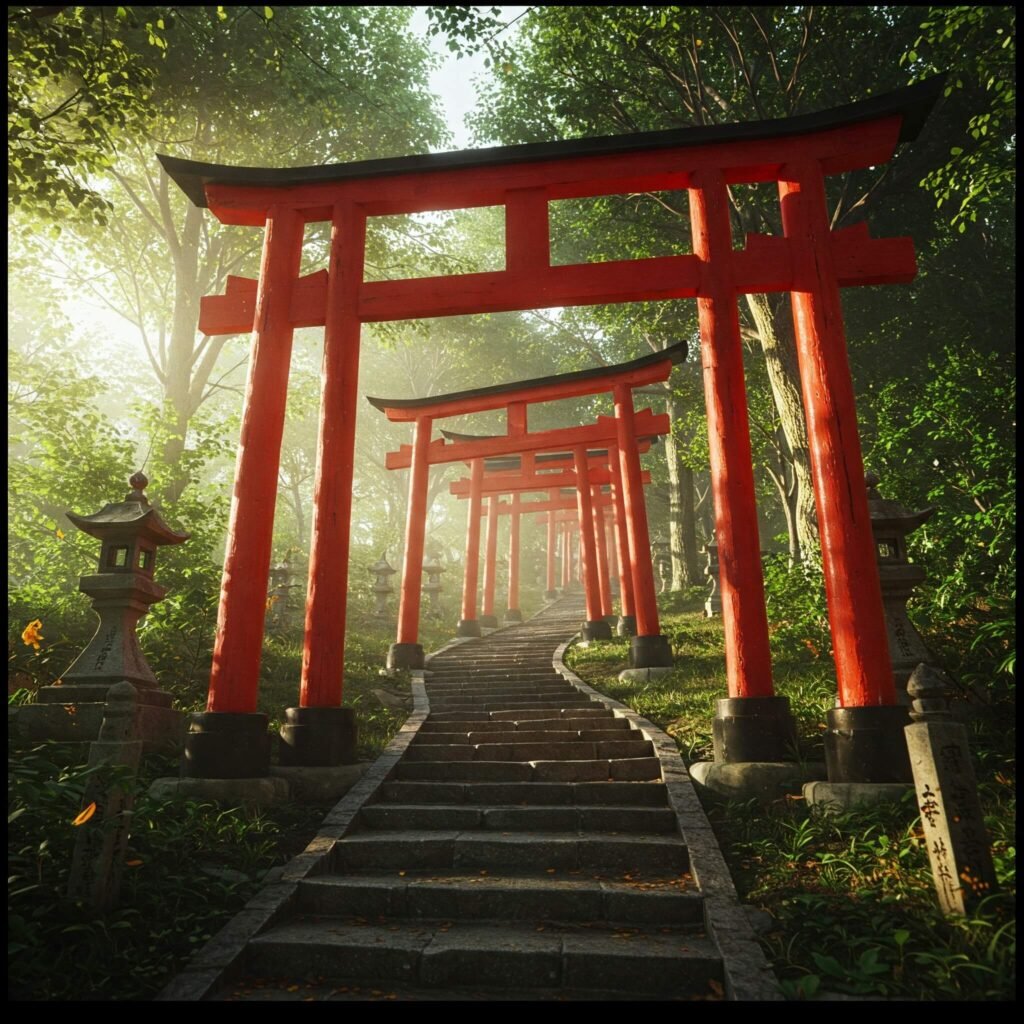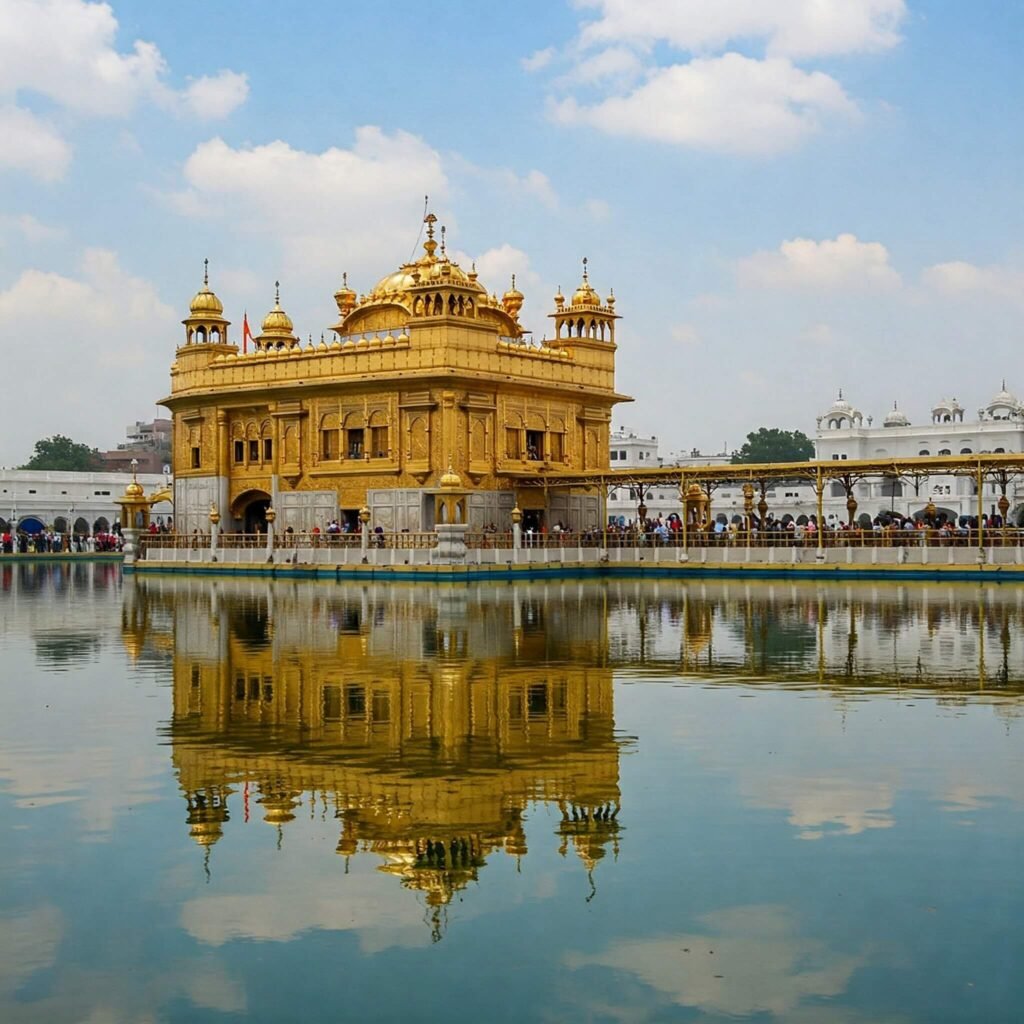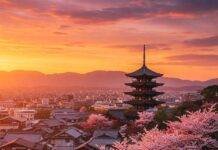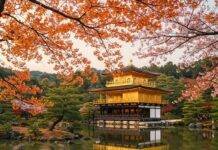Kyoto, Japan’s ancient capital, is a treasure trove of unique culture, blending timeless traditions with serene beauty. From ancient temples to vibrant festivals, exploring Kyoto’s unique culture offers an unforgettable journey into Japan’s soul. This SEO-optimized guide highlights the top things to do in Kyoto, ensuring you experience its rich heritage and modern charm.
Why Kyoto’s Unique Culture Captivates Travelers
Kyoto, once Japan’s imperial capital for over a millennium, is a living museum of Japanese heritage. With over 2,000 temples and shrines, vibrant seasonal festivals, and UNESCO World Heritage Sites, exploring Kyoto’s unique culture immerses you in a world where tradition meets modernity. Whether you’re strolling through bamboo groves or sipping matcha in a historic tea house, Kyoto’s charm is undeniable.

Top Things to Do When Exploring Kyoto’s Unique Culture
1. Visit Iconic Temples and Shrines
Kyoto’s temples and shrines are the heart of its cultural heritage. Exploring Kyoto’s unique culture is incomplete without visiting these sacred sites:
- Kinkaku-ji (Golden Pavilion): A Zen temple covered in gold leaf, reflecting beautifully in its pond. Visit early to avoid crowds (Japan National Tourism Organization).
- Fushimi Inari Taisha: Famous for thousands of vermilion torii gates. Hike the trails for stunning views.
- Kiyomizu-dera: A UNESCO site with a wooden stage offering panoramic city views.
Pro Tip: Purchase a temple pass for discounted entry to multiple sites.

2. Experience Kyoto’s Vibrant Festivals
Kyoto’s festivals showcase its cultural depth. Exploring Kyoto’s unique culture through these events is a must:
- Gion Matsuri (July): Japan’s largest festival, featuring massive floats and street celebrations (Kyoto City Tourism).
- Jidai Matsuri (October): A historical parade with costumes from different eras.
- Aoi Matsuri (May): A procession with Heian-period attire.
Actionable Takeaway: Check festival dates in advance and book accommodations early, as Kyoto gets crowded.
3. Stroll Through Historic Districts
Kyoto’s historic districts like Gion and Higashiyama offer a glimpse into its past. Exploring Kyoto’s unique culture here means wandering cobblestone streets lined with traditional machiya houses.
- Gion: Spot geishas in the evening and enjoy tea houses.
- Higashiyama: Visit shops selling local crafts and sweets.
- Arashiyama: Walk through the bamboo grove for a serene escape.
Data Insight: According to a 2023 tourism report, Arashiyama’s bamboo grove attracts over 3 million visitors annually (Kyoto Tourism Report).

4. Savor Kyoto’s Culinary Traditions
Kyoto’s cuisine, known as kaiseki, is a cultural art form. Exploring Kyoto’s unique culture includes tasting these delicacies:
- Yudofu: Boiled tofu served in Zen temples.
- Matcha Desserts: Try matcha parfaits in Uji, Kyoto’s tea capital.
- Kyo-kaiseki: Multi-course meals showcasing seasonal ingredients.
Recommendation: Visit Nishiki Market for street food and local ingredients.
Tips for Exploring Kyoto’s Unique Culture
- Best Time to Visit: Spring (March-May) for cherry blossoms or autumn (September-November) for vibrant foliage.
- Getting Around: Use Kyoto’s efficient bus and subway systems or rent a bicycle for flexibility.
- Cultural Etiquette: Bow when greeting, remove shoes in temples, and avoid loud conversations in sacred spaces.
Conclusion: Embrace Kyoto’s Timeless Charm
Exploring Kyoto’s unique culture is a journey through Japan’s ancient capital, where every temple, festival, and dish tells a story. From the golden glow of Kinkaku-ji to the lively Gion Matsuri, Kyoto offers endless ways to connect with its heritage. Plan your trip, immerse yourself in these experiences, and let Kyoto’s magic leave a lasting impression.
Outbound Link: Top Kyoto Attractions: The Best of Japan’s Cultural Heart – Accor:






































